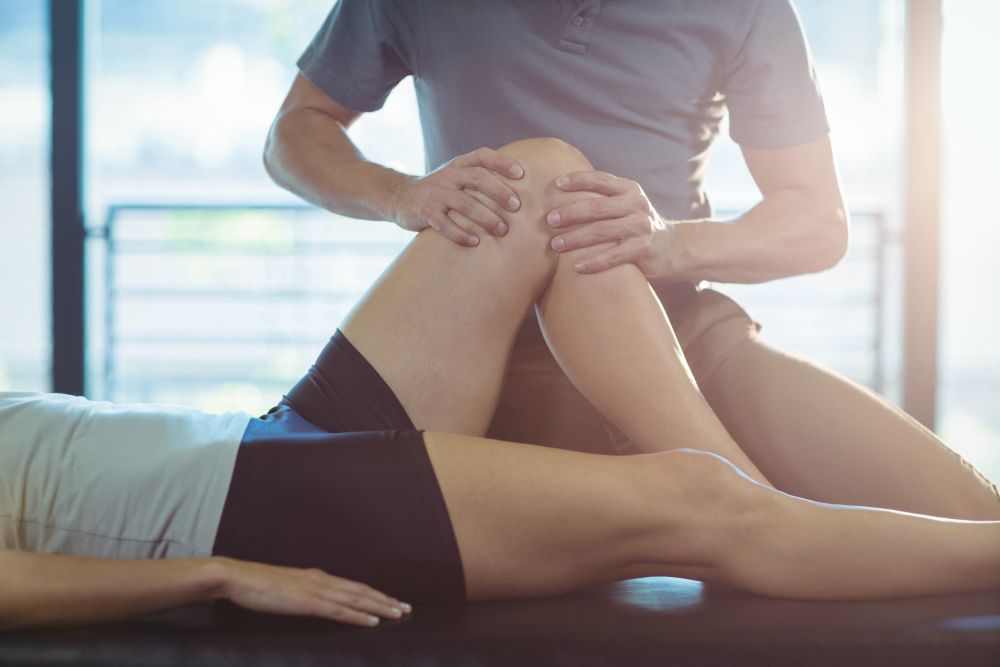Many recreational runners only visit their chiropractor, physiotherapist or athletic therapist after an injury pops up. If I’ve learned anything as a runner, it’s that athletic treatment should be viewed as an injury prevention method, rather than just a miraculous solution for whatever has flared up.
Since visiting your nearby clinic may be inconvenient and pricy, most people avoid them until absolutely necessary. With the countless appointments and rehab exercises that come with injury recovery, you will probably end up spending more time and money than if you stayed on top of your treatment in the first place.

So why not invest in maintenance? Being consistent is one of the best ways for you to continue running and improving, so sitting on the sidelines due to injury will stand in the way. The best thing you can do is listen to your body, and stop if you feel pain. No matter how tough you are, running through pain will usually make it worse.
When seeing your athletic therapist, or AT, for maintenance, nothing has to be wrong. I typically walk into my appointments asking for a tune-up, and my AT assesses my gait, balance and mobility to find what isn’t working the way it should. This allows me to address and fix an issue before it becomes significant enough to cause pain or affect my stride. The frequency of visits you should make to your clinic is very dependent on your history of injury and the volume and intensity of your training. This could range anywhere from once a month to once a week, and your treatment may be covered by your private health insurance.

Maintenance also involves keeping up with your rehab exercises prescribed by your AT between appointments, ideally three or four times a week. These simple exercises target areas of weakness that are noticeable by your clinician during your session. As horrible as I am at actually completing this “homework,” the movements are helpful for not only reducing imbalances and preventing injury, but can overall make you stronger and in turn, faster.

